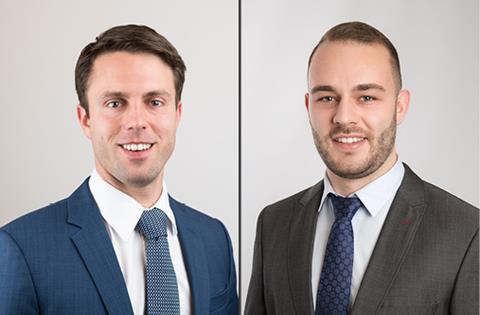Swiss pension funds will confront increasing levels of national debt in the medium to longer term, according to Complementa’s Andreas Rothacher, head of research, and Ueli Sutter, quantitative analyst. In their view, it is a development that calls for a critical view on investments, especially in light of the current interest rate level.
In this context, investors should rely on a well-diversified investment strategy with equities and bonds, as well as real estate and alternatives, balancing illiquidity and expense ratio, they added in a note about pension funds’ investment in 2023.
Challenges could arise if future interest rate cuts do not occur to the extent of market expectations or only occur at a later date, they added. For now, higher interest rates slowed down allocation cuts to bonds that, on average, totalled 36% of assets invested by Swiss pension funds, according to the duo.
Equity allocations are likely to increase again to over 30% and is therefore slightly above the historical average, they added.

At the end of last year, instead, real estate investments fell slightly again to 22.5% of total assets invested, with new investments in real estate slowing and the losses booked by foreign real estate investments, Complementa noted.
According to projections, Swiss pension funds are expected to have returned 5% in 2023, thanks to a spurt of investment activity at the end of the year, which was driven, among other things, by the expectation of falling key interest rates, the firm said.
Complementa noted that Swiss pension schemes returned almost 3.5% in the first eight months of 2023. The last month of the third quarter and the first month of the fourth quarter turned significantly negative, so that annual returns at the end of October stood at just under 1%, it added.
Positive returns helped rebuild reserves that suffered significantly in 2022, with an impact on funding ratios, Rothacher and Sutter noted, adding that the average estimated funding ratio increased by 3.3 percentage points to 107.3% last year.
As a result, the situation with underfunded pension funds also improved compared with the beginning of the year. At the end of December, around 4% of Swiss pension funds were underfunded, they stated.
According to the Pensionskasssen Monitor published by Swisscanto, the funding ratios of private pension funds increased from 110.1% at the end of 2022 to 114.9% at the end of last year.
In addition, the funding ratios of partially and fully funded pension schemes in Switzerland improved to 84.9% and 106.7%, respectively, at the end of last year, according to the Pensionskassen Monitor.
According to Swisscanto, Swiss pension schemes retuned 6.2% last year, a performance driven mostly by world equities (11.4%), Swiss bonds (7.4%) and Swiss equities (6.1%).
Looking for IPE’s latest magazine? Read the digital edition here
























